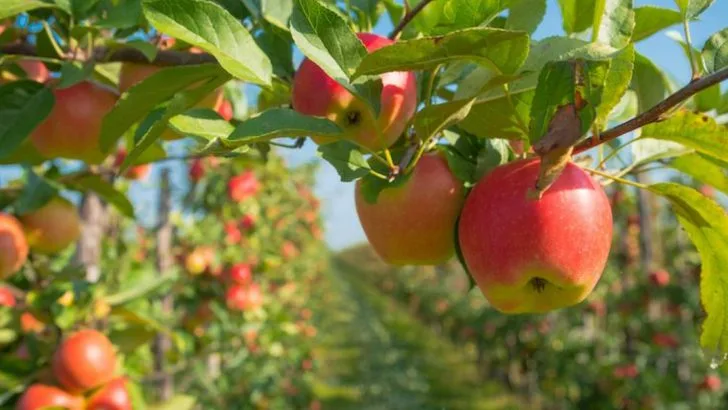Yes, you can grow fruit trees in the Midwest—juicy, abundant, homegrown fruit trees. And not just one sad little apple clinging to a twig. We’re talking trees that thrive in wild weather swings, late frosts, soggy springs, and dry spells. They don’t need coddling. They don’t sulk when the forecast gets weird. They just get to work and give you fruit worth bragging about. Forget the myth that only California gets the good harvests. The Midwest has its own all-stars—trees built for four seasons of mood swings. Some are old-school favorites your grandparents swore by. Others are lesser-known gems ready to surprise you. Want baskets of pears, plums, and peaches right in your own backyard? These 17 trees know exactly how to deliver.
Apple Tree
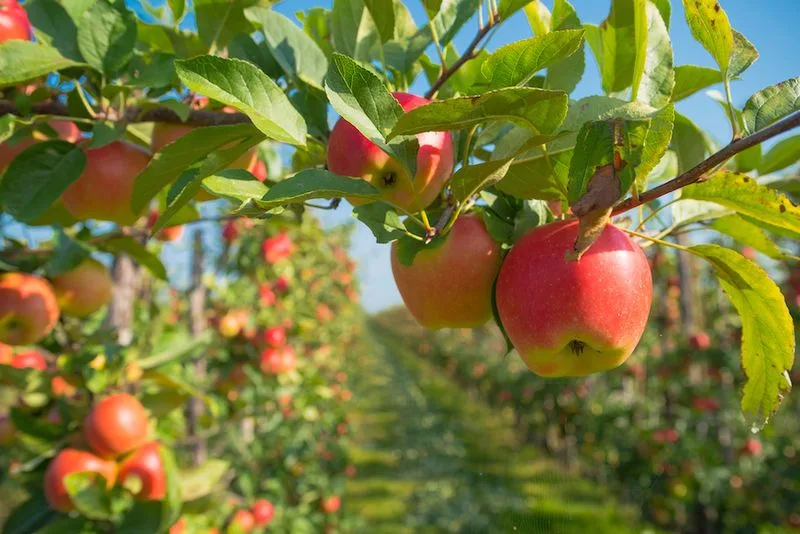
Apple trees are a staple in many gardens, known for their delicious and versatile fruit. These trees prefer well-drained soil and full sunlight. With numerous varieties, from sweet to tart, there’s an apple for every taste preference.
In the Midwest, apple trees thrive, offering a robust harvest in late summer to early fall. Their blossoms in spring add beauty to any landscape. Planting an apple tree means enjoying fresh apples for pies, cider, or simply as a snack.
Did you know? The apple tree is part of the rose family, adding a touch of romance to your garden.
Cherry Tree
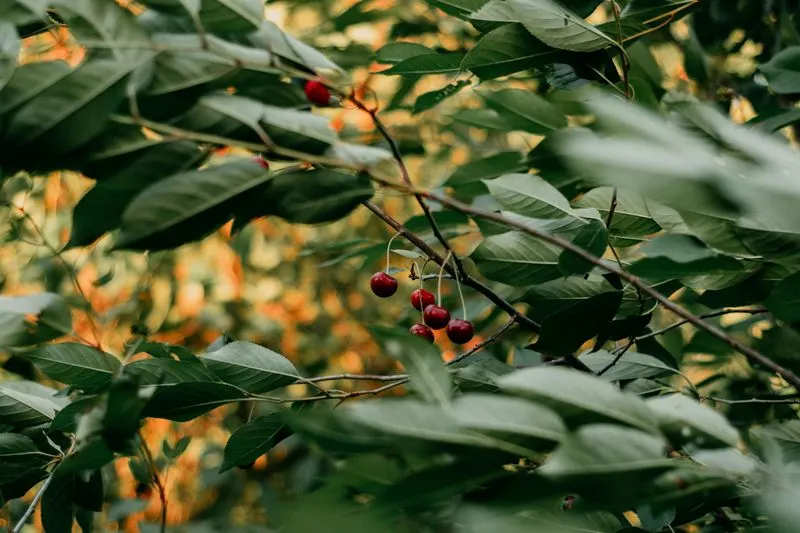
Cherry trees bring a burst of color and flavor to the Midwest gardens. Known for their juicy and sweet fruit, these trees are a favorite in jams and desserts. They need full sun and well-drained soil to flourish.
Come spring, cherry blossoms create a breathtaking scene, attracting pollinators like bees and butterflies. By early summer, the cherries are ripe for picking, offering a delightful treat.
Fun fact: Cherry trees can live for many decades, becoming a cherished part of your garden’s history.
Pear Tree
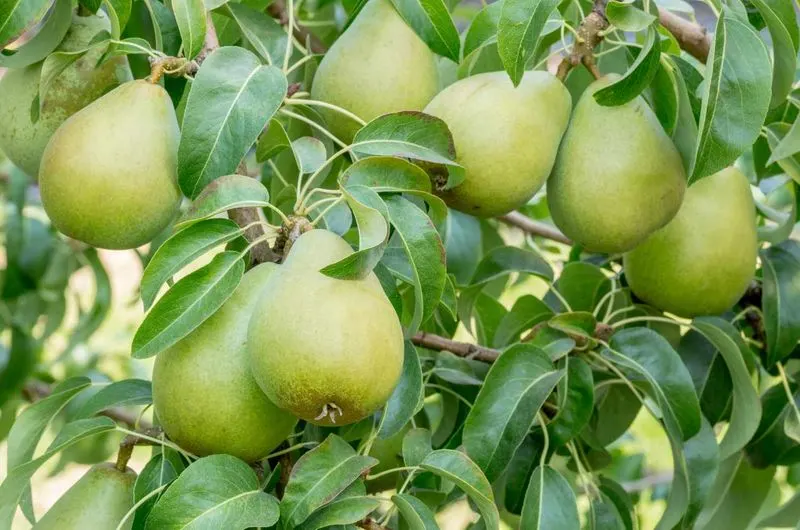
Pear trees are known for their elegant shape and sweet, juicy fruit. They thrive in well-drained soil with a good amount of sunlight. In the Midwest, these trees are reliable producers, offering fruit from late summer to fall.
Their delicate blossoms in spring are not only beautiful but also a haven for pollinators. Pears are perfect for snacking, canning, or baking.
Here’s a tip: Keep an eye out for fire blight, a common issue, and ensure proper pruning to maintain tree health.
Peach Tree
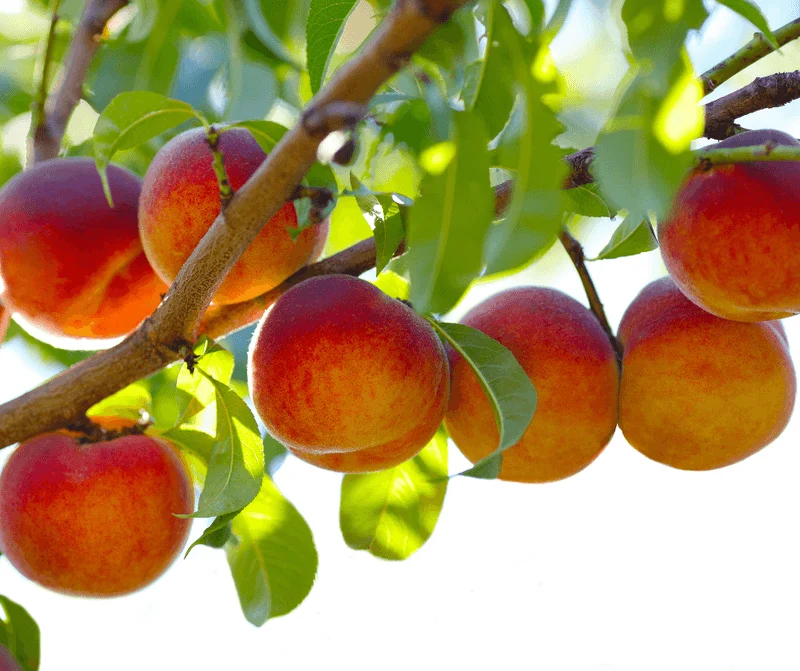
Peach trees offer a sweet taste of summer, with juicy fruit that’s perfect for eating fresh or using in desserts. They need full sun and well-drained soil.
In the Midwest, peaches ripen in mid to late summer, providing a rewarding harvest. Their pink blossoms in spring add striking beauty to gardens, inviting bees for pollination.
Did you know? Peach trees are self-pollinating, making them an easier choice for smaller gardens without multiple trees.
Plum Tree
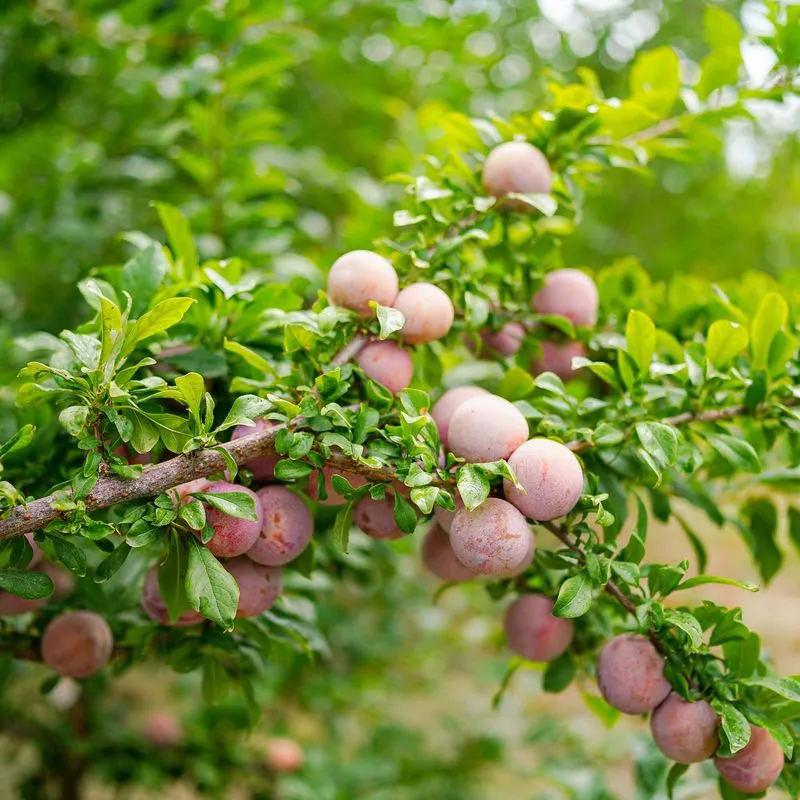
Plum trees are a delightful addition to Midwest landscapes, producing luscious fruit with a mix of sweet and tart flavors. They thrive in well-drained soil and full sun, offering fruit from late summer to early fall.
Their spring blossoms attract pollinators, ensuring a bountiful harvest. Plums are perfect for fresh eating or making into jams and jellies.
Fun fact: Plums have been cultivated since ancient times, bringing a sense of history to your garden.
Apricot Tree
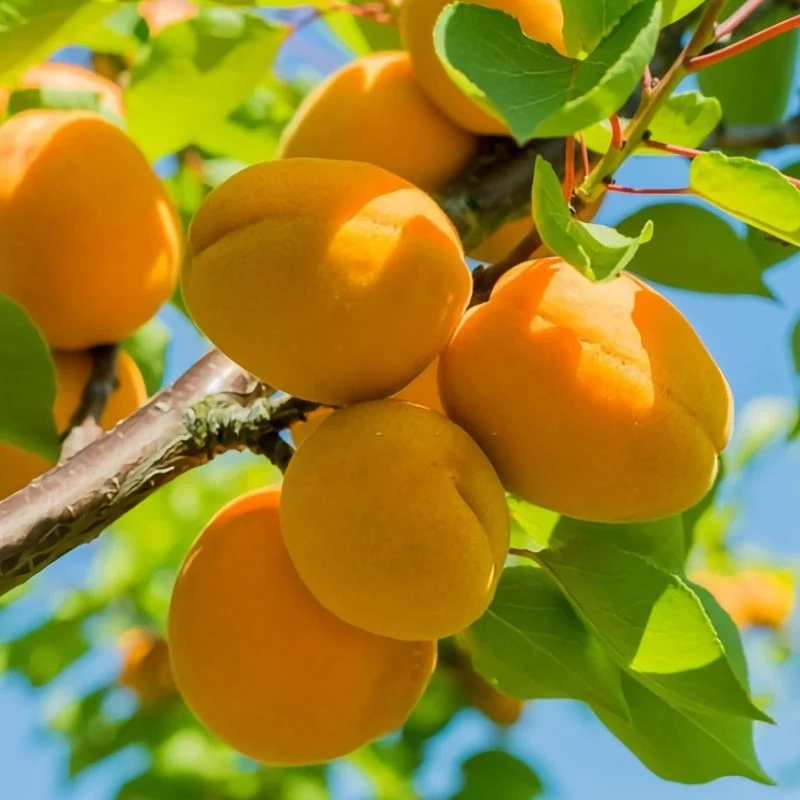
Apricot trees are cherished for their sweet and tangy fruit, which is perfect for fresh eating or preserving. They require full sun and well-drained soil.
In the Midwest, apricots ripen in early to mid-summer, rewarding gardeners with a delicious harvest. Their early spring blossoms are a charming sight, signaling the arrival of warmer days.
Here’s a tip: Apricots can be sensitive to frost, so consider protective measures during unexpected cold snaps.
Nectarine Tree
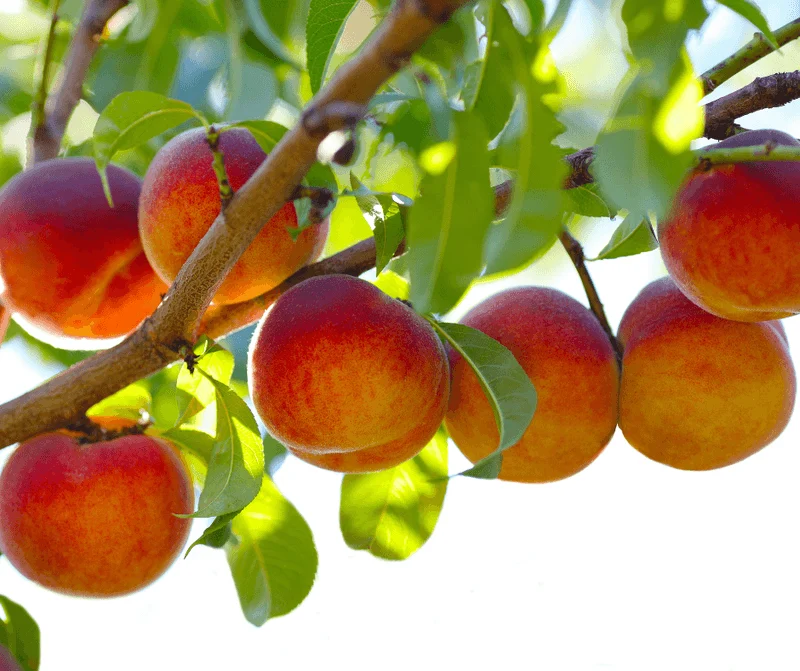
Nectarines, a close relative of peaches, are celebrated for their smooth skin and juicy flesh. They flourish in full sun and well-drained soil, offering ripe fruit by mid-summer.
In the Midwest, nectarines bring a touch of the exotic to your garden. Their spring blossoms are a magnet for pollinators, ensuring a good yield.
Fun fact: Unlike peaches, nectarines have a genetic mutation that gives them smooth skin, adding a unique texture to your fruit basket.
Mulberry Tree

Mulberry trees are a hidden gem in the Midwest, known for their sweet and juicy berries. They thrive in a variety of soil types and require full sun.
These trees produce fruit continuously from late spring through summer, offering a long-lasting harvest. Mulberries are perfect for fresh eating, pies, or even making wine.
Here’s an interesting tidbit: Mulberries are a favorite of birds, so you’ll often have avian visitors enjoying the bounty alongside you.
Persimmon Tree
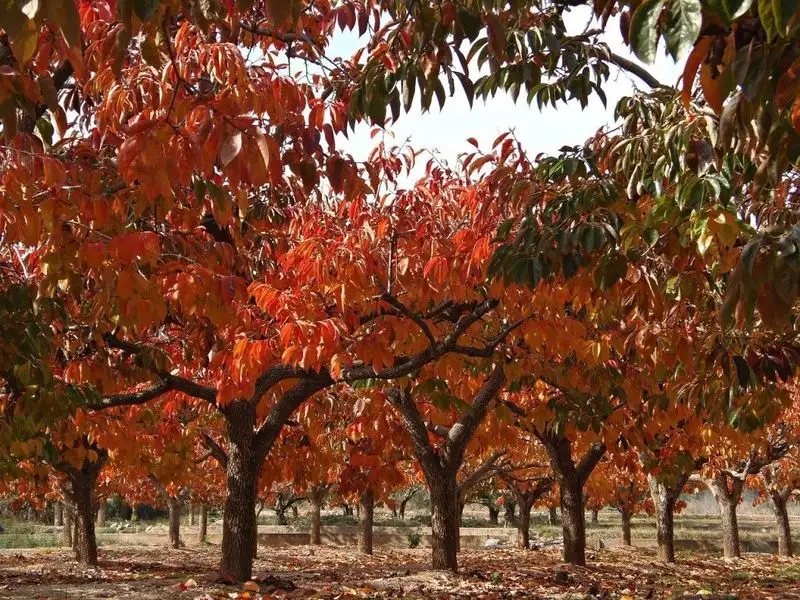
Persimmon trees are a unique addition to Midwest gardens, offering fruit with a honey-like sweetness. They prefer full sun and well-drained soil.
In the Midwest, persimmons ripen in late fall, adding color to the garden as other plants go dormant. Their glossy leaves and striking fruit make them visually appealing year-round.
Did you know? Persimmons can be eaten fresh or dried, adding versatility to your culinary repertoire.
Quince Tree
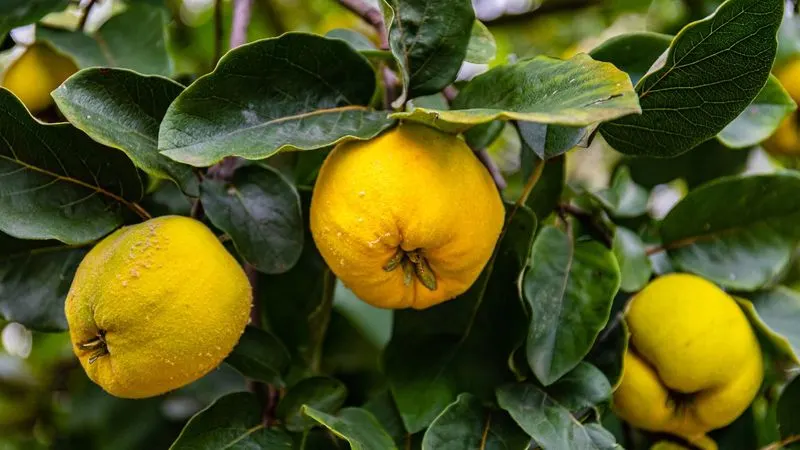
Quince trees are known for their aromatic fruit, often used in jellies and desserts. They thrive in full sun and well-drained soil.
In the Midwest, quinces are ready for harvest in late fall. Their fragrant blossoms in spring attract pollinators, ensuring a good crop.
Fun fact: Quince fruit has been cultivated since ancient times and is often associated with love and fertility in folklore.
Pawpaw Tree
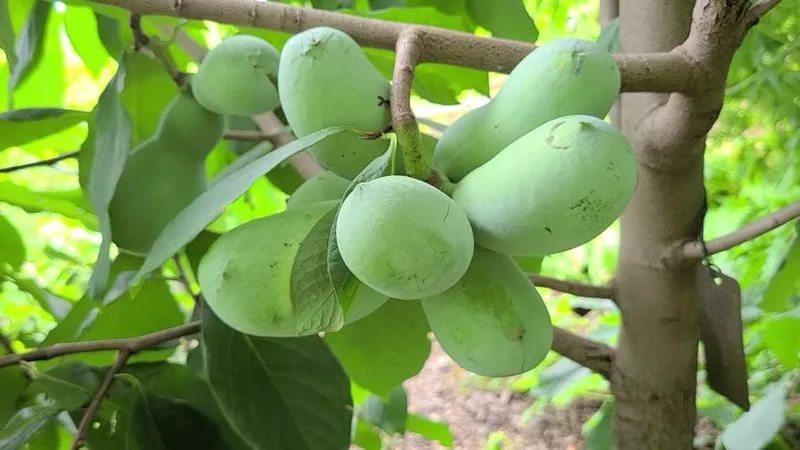
Pawpaw trees bring a taste of the tropics to the Midwest with their custard-like fruit. They prefer shaded areas and well-drained soil.
In the Midwest, pawpaws ripen in late summer to fall, offering a unique and creamy treat. Their large leaves provide a lush aesthetic to your garden.
Did you know? Pawpaw fruit was a favorite of the founding fathers and is known as the “poor man’s banana.”
Fig Tree
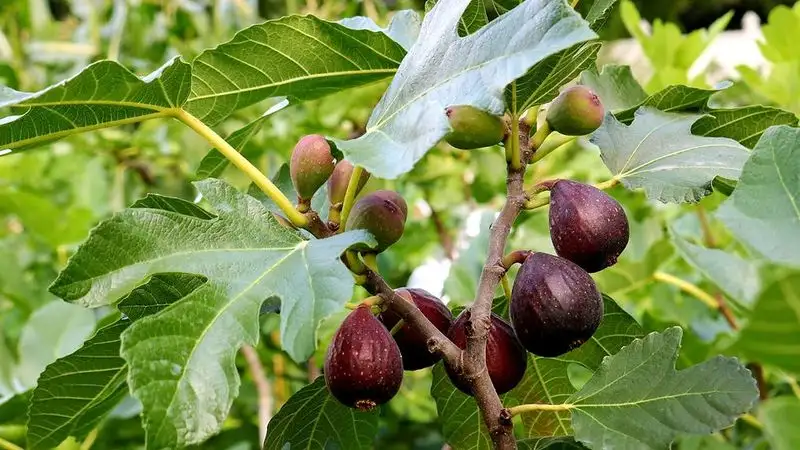
Fig trees offer sweet, honey-flavored fruit that’s perfect for fresh eating or drying. They thrive in well-drained soil and full sun.
In the Midwest, figs can be a challenge but offer a rewarding harvest in late summer if cared for properly. Consider winter protection for outdoor trees.
Here’s a fun fact: Figs were one of the first plants cultivated by humans, adding a slice of history to your garden.
Serviceberry Tree
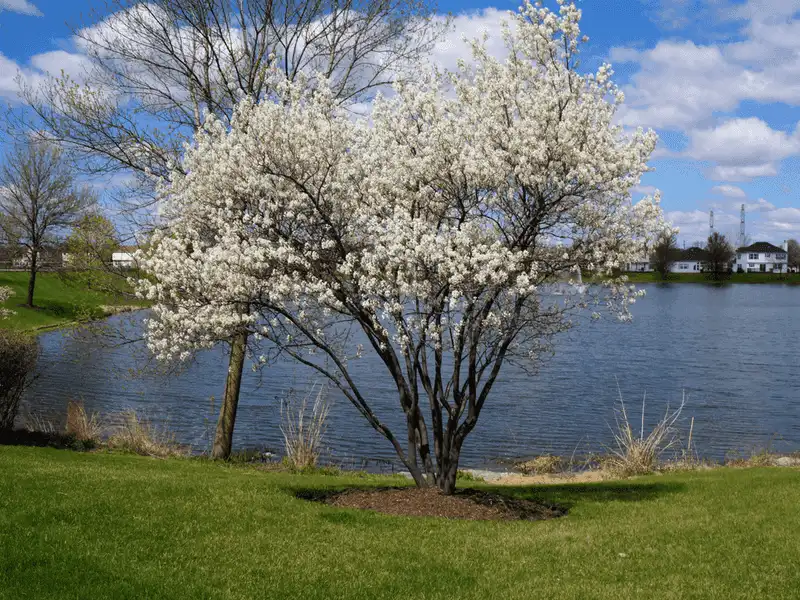
Serviceberry trees are a wonderful choice for Midwest gardens, known for their sweet berries and ornamental beauty. They thrive in full sun to partial shade.
In the Midwest, serviceberries ripen in early summer, providing a delicious snack for both humans and birds. Their blossoms in spring are a sight to behold.
Did you know? Serviceberry wood is incredibly strong and was once used for crafting tools and handles.
Crabapple Tree
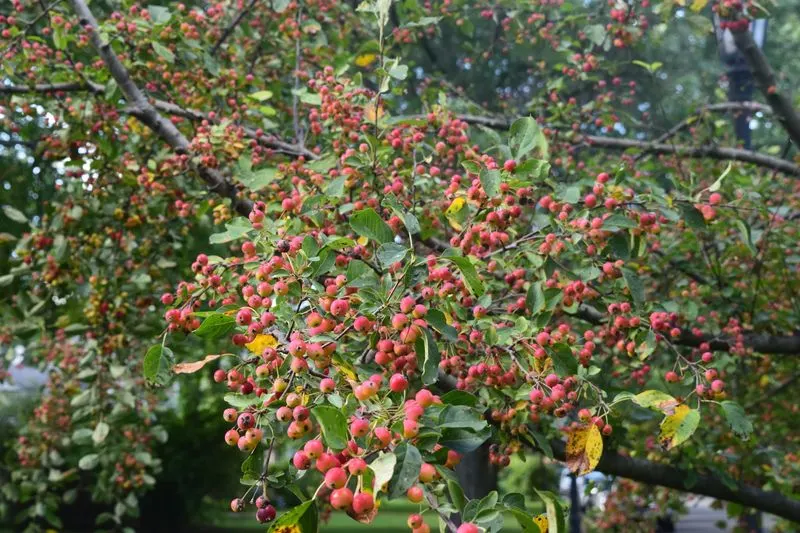
Crabapple trees are a colorful addition to any Midwest garden, offering small fruit that’s perfect for making jellies. They thrive in a variety of soil types and need full sun.
Their spring blossoms are a visual delight, attracting bees and other pollinators. By fall, the bright crabapples add a splash of color to your landscape.
Here’s an interesting fact: Crabapples are closely related to roses, adding a floral note to your garden’s aroma.
Blackberry Tree
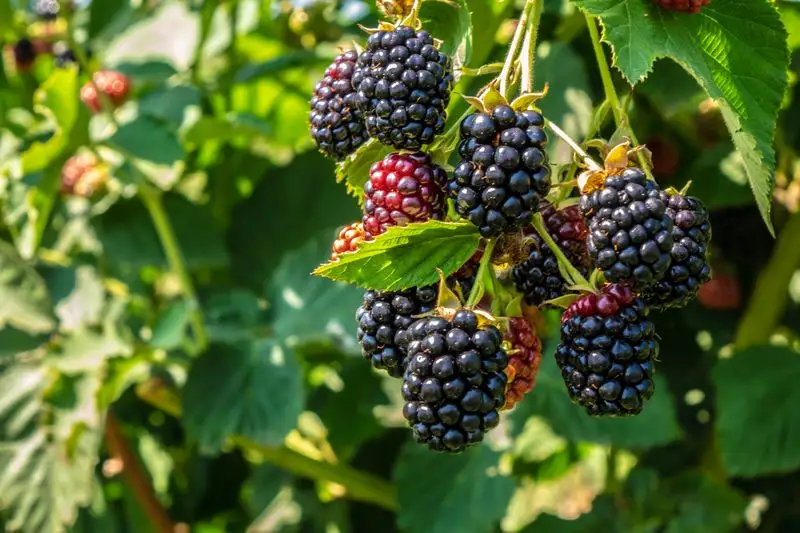
Though not a tree, blackberries are a must-have for their juicy, sweet berries. They require full sun and well-drained soil.
In the Midwest, blackberries ripen in late summer, offering a bountiful harvest perfect for jams and fresh snacking. Their thorny canes also provide a natural barrier for gardens.
Fun fact: Blackberries have been enjoyed since ancient times and are rich in antioxidants, making them a healthy addition to your diet.
Elderberry Tree
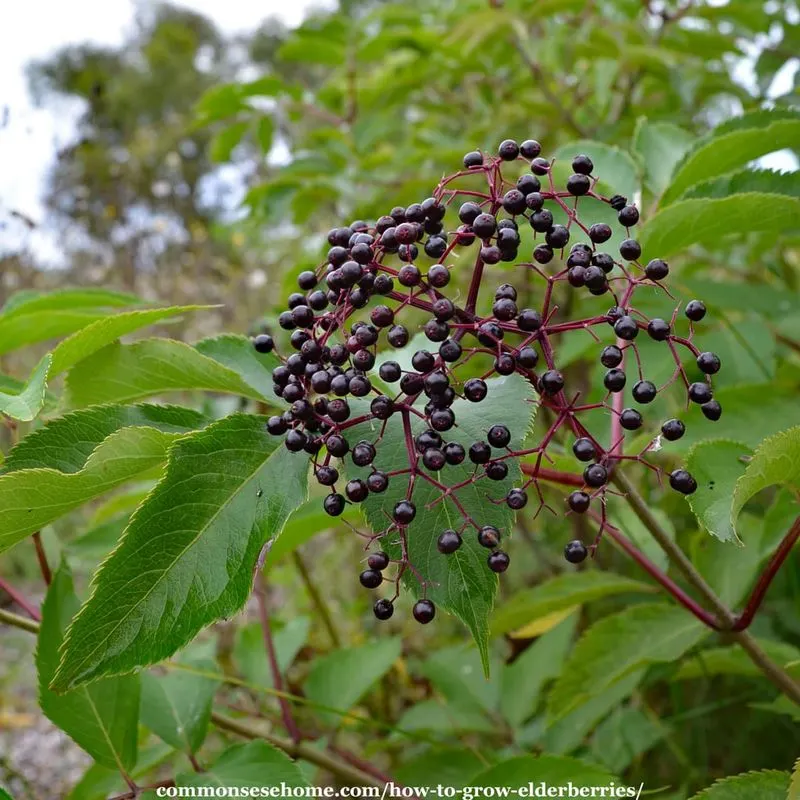
Elderberry trees are known for their dark, berry-like clusters, perfect for making syrups and wines. They thrive in full sun to partial shade and moist soil.
In the Midwest, elderberries ripen in late summer, offering a harvest that’s both nutritious and delicious. Their white blossoms in spring are a favorite for bees.
Did you know? Elderberries have been used in traditional medicine for centuries, believed to boost the immune system.
Saskatoon Berry Tree
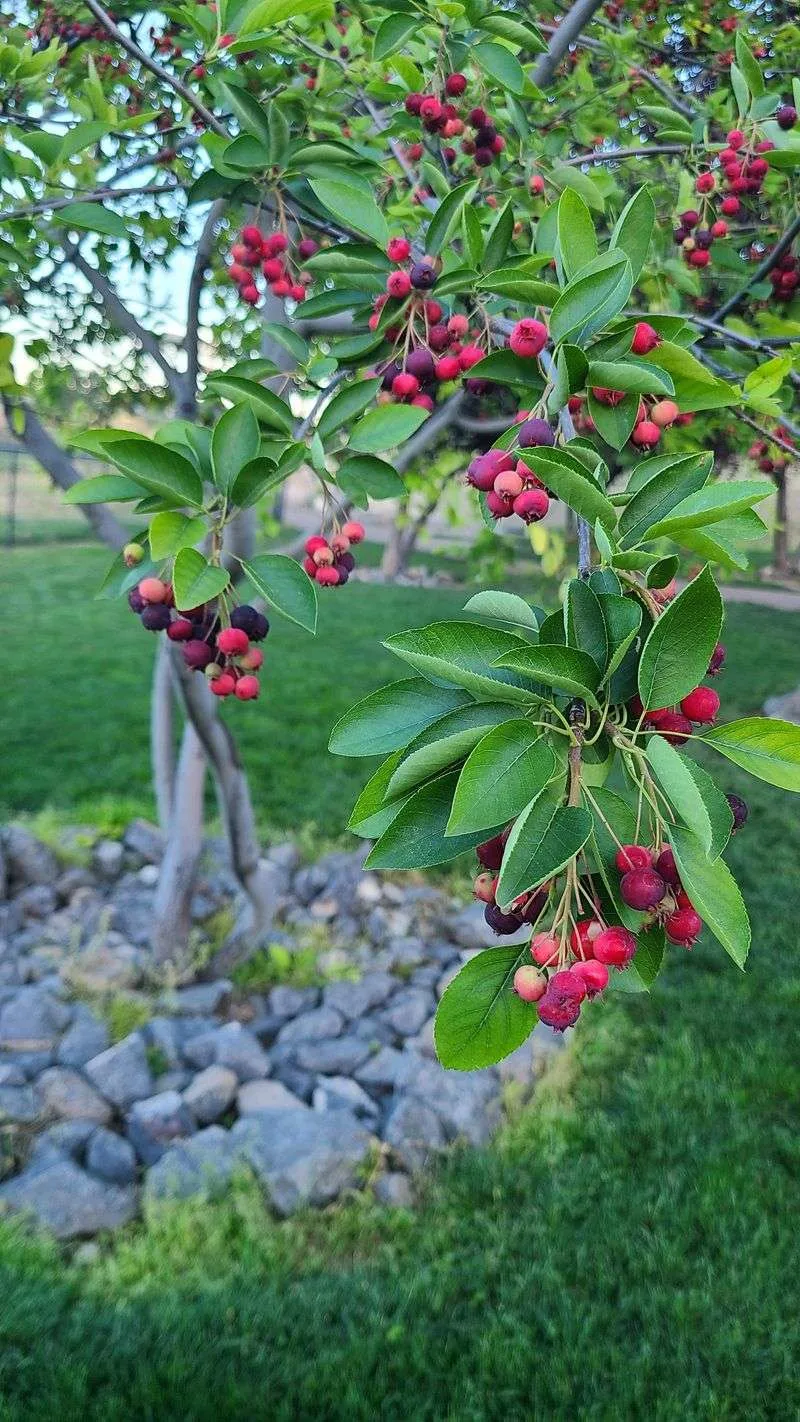
Imagine plucking plump, juicy berries from a tree that’s as resilient as it is rewarding. The Saskatoon Berry Tree is a hidden gem, thriving in the Midwest’s variable climate with ease. Its berries burst with sweet, almond-like flavor, perfect for pies and jams.
Originating from the prairies of North America, this tree is as tough as its roots. It endures harsh winters and bounces back every spring, showering you with blossoms and berries.
Consider adding this tree to your garden not only for its fruit but its stunning white flowers in early summer.

